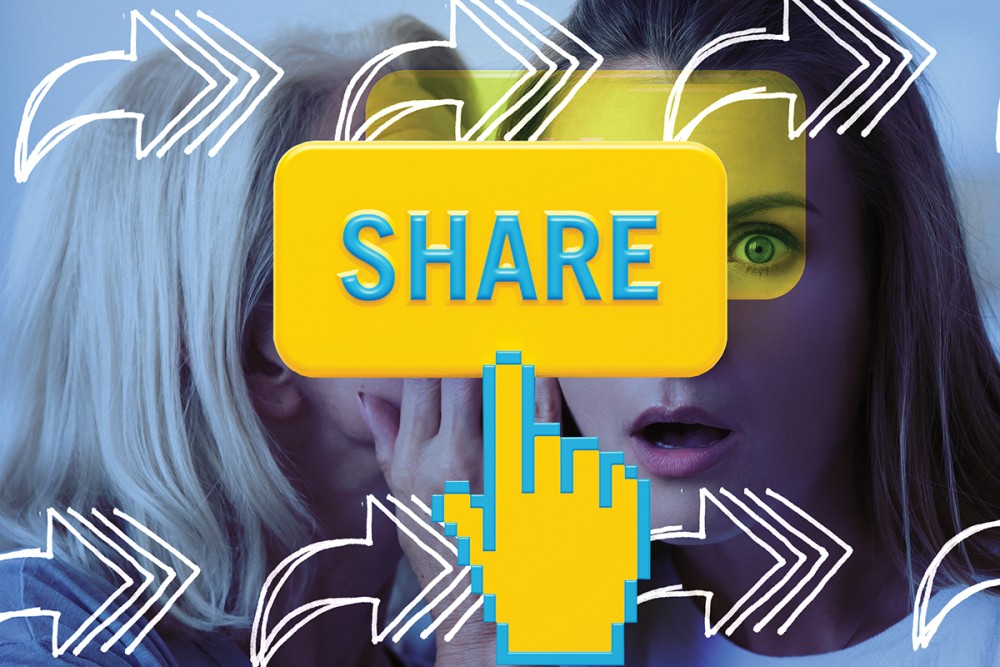QAnon moms
The infiltration of online parenting spaces began as a slow burn. During the pandemic, it’s picked up speed.

It didn’t take long after becoming a mother for 31-year-old Tanna Leclaire to realize that the internet can be a tricky place for new parents looking for resources or support.
Leclaire has a distinct memory of searching YouTube for advice on potty training her three-year-old daughter after a book failed to give her the in-the-trenches tips she really wanted. She watched a few potty training videos before the YouTube algorithm recommended a video on dealing with toddler tantrums. Leclaire clicked on it without hesitation. Next, the algorithm began offering her videos on child safety.
“And then that turned into: here are all the people who are out to get your kids. And, by the way, they might be people who drink babies’ blood or whatever,” she said. “It goes out into left field so fast—two or three videos.”




